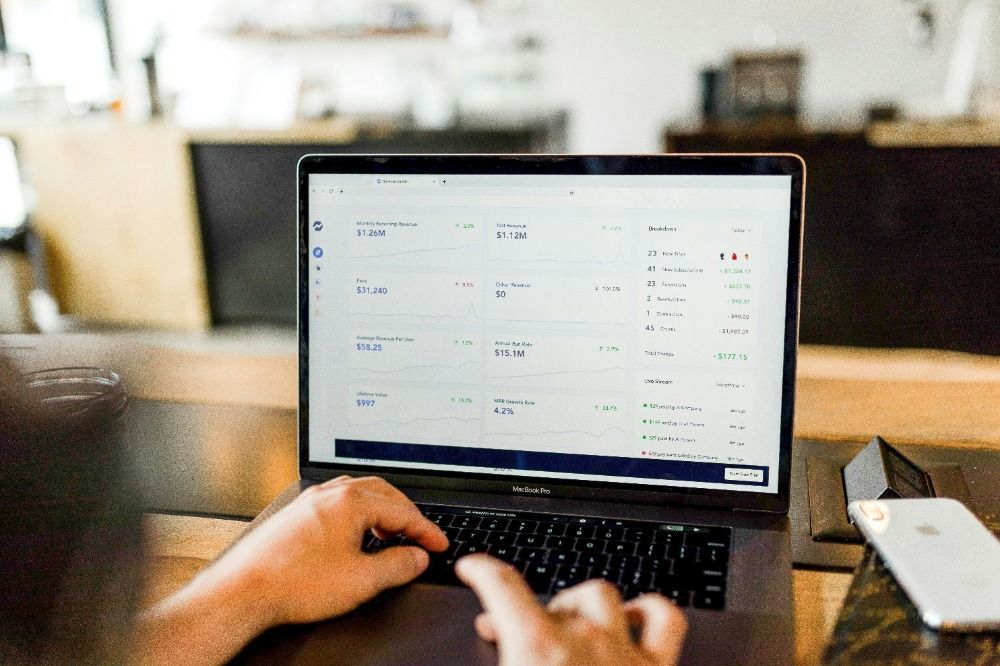How to calculate your cash conversion cycle
Key takeaways
- Your cash conversion cycle is the aggregate amount of time you hold inventory, wait to get paid once you sell it, and pay your suppliers.
- Most consumer brands have a positive cash conversion cycle - i.e., cash is tied up in inventory for a period of time.
- Rapid growth can actually bankrupt a company. It's a very counterintuitive concept.
- Partnering with an external capital provider can unlock your growth potential without putting a dangerous strain on your cash reserves.
Know your cash conversion cycle
Central to proper working capital management is a strong understanding of your cash conversion cycle (CCC).
This is the aggregate amount of time you hold inventory, wait to get paid once you sell it, and pay your suppliers. The formula to calculate it is as follows:
days of inventory outstanding (number of days you hold inventory) + days of sales outstanding (number of days to receive customer money) - days payable outstanding (number of days before you pay suppliers)
Let's continue the example from our previous article. We've established that the business has a healthy P&L; they are selling a product with high margins and are seeing strong demand from the market.
But when they order inventory worth $10,000 on the 1st March, that cash is "tied up" until they ultimately receive cash from Amazon on 1st June. Their cash conversion cycle can be calculated as follows:
- Days of inventory outstanding: Assume demand is very high, and products only sit in the warehouse for 10 days on average. However, there is also a "lead time" to factor in here, from when the order is placed until it arrives in the warehouse. We should include this figure of 60 days here too.
- Days of sales outstanding: Amazon delay disbursements by up to 14 days, so let's use this figure.
- Days payable outstanding: To keep this simple, we are going to make an assumption that we have to pay the supplier in full upfront. In practice, you have some negotiating power here. For example, you may agree to 30/40/30 payment terms, meaning you pay 30% upfront, 40% upon shipment and 30% upon delivery and inspection.
cash conversion cycle = 70 + 14 - 0 = 84 days
You can calculate your own cash conversion cycle below:
Optimize the components of working capital
Once you've established what your cash conversion cycle is, start to optimize the three components simultaneously. These are the line items that fluctuate month to month, ultimately dictating an increase or decrease in your cash balance.
- Inventory: Businesses should be operating with a just-in-time philosophy as much as possible, without running out of stock and leaving excess demand on the table.
Holding a lot of slow-moving stock is a classic sign that something is going wrong. There are times when you may even consider sacrificing margins by discounting slow-moving stock to improve your short-term cash position. - Accounts receivable: You should make sure you're collecting cash from your customers rapidly. In the Direct to Consumer business model, this is effectively instant. On Amazon, for example, it can take up to 14 days to receive the disbursements from your sales.
- Accounts payable: This is the opposite mechanism. You need to try and get as much time as possible to pay your suppliers. Negotiating power comes into play here. Larger brands like Gymshark will find it easier to negotiate favorable terms. This has a powerful effect on cash flow.
Recognize how growth can create a working capital strain
One of the least understood situations is how successful sales growth can actually bankrupt a company. It's a very counterintuitive concept.
If we turn to our example once again, the "working capital requirement" for this cycle is, you guessed it, $10,000.
Now let's say that, once they've recouped their profits from this cycle as cash, the business decides to invest all of their new cash balance of $40,000 into another round of inventory.
After all, it is a growing business and management are confident that the product will sell once it arrives. Let's assume it does, which is great.
But their working capital need has now increased to $40,000. Now imagine $400,000, and so on. The more you sell, the more those 90 days cost.
Of course, they could opt to hold back on growth by putting $20,000 into a cash reserve and only ordering $20,000 worth of inventory.
But are they reaching their growth potential? Are they capitalizing on demand that is there now? Working capital limitations could mean opportunity is being left on the table.
Consider external capital providers to finance your growth
Recognizing the inherent working capital challenge that consumer brands face was the genesis of Wayflyer's financing product. We don't want to see the growth of the world's greatest products stunted by working capital limitations.
Once the growth potential is evident in your numbers, we can step in to provide a short-term influx of capital.
For the example we've used throughout this article, imagine an alternate scenario where the $400,000 cash outflow for inventory came from capital that Wayflyer provided upfront, instead of their own cash reserves.
That'd allow them to capitalize on growth opportunities without exhausting their bank balance.
Get a financing offer
It takes less than 10 minutes to submit an application.



